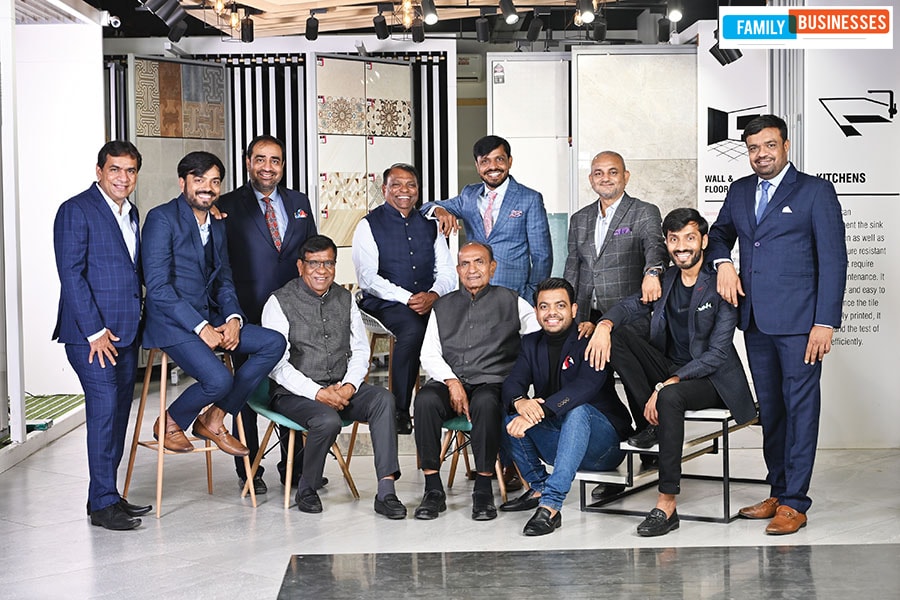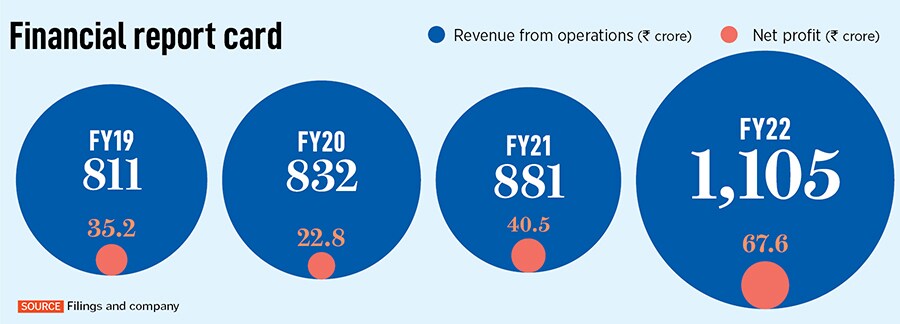
Morbi's Varmora Granito was in a cluttered market. Its next-gen maverick Bhavesh Varmora changed the game
"There is no such thing as a calculated risk...there are no half measures," the second-generation entrepreneur who dropped out of school to join the family business tried and failed multiple times before hitting the jackpot. Today, Morbi's family outfit is one of top five tiles and bathware makers in India
 (Standing, L to R) Prakash Varmora, Pramod Varmora, Bhavesh Varmora, Ashok Patel, Jitu Patel; (Sitting, L to R) Bharat Varmora, Vallabhbhai Varmora, Ramanbhai Varmora, Parshottambhai Varmora, Hiren Varmora, Manish Varmora
(Standing, L to R) Prakash Varmora, Pramod Varmora, Bhavesh Varmora, Ashok Patel, Jitu Patel; (Sitting, L to R) Bharat Varmora, Vallabhbhai Varmora, Ramanbhai Varmora, Parshottambhai Varmora, Hiren Varmora, Manish Varmora
For Bhavesh Patel, the writing was on the wall. It had only been two years since the young lad dropped out of high school to join the family business of wall tiles started by his uncle, Parshottam Patel, and his brothers, Raman and Vallabh Patel, in 1994. Though the siblings started as traders of Mangalorean roof tiles in 1984, a decade later, they dabbled into the business of wall tiles under the name, Sunshine Ceramics and Jayson Ceramics. The venture clicked, and the family grossed a turnover of around Rs 23 crore in 1998.
Two years later, in 2000, Bhavesh—who used to bunk classes and join his father and uncle at the factory to grasp the nuances of the business of tiles—was getting ready to play a high-risk game.
The Patels, argued the second-generation entrepreneur, needed to seriously look into the business of floor tiles, which was in the midst of an explosive growth and was a much bigger market. For the family, though, betting big on floor tiles meant entering into an unchartered territory. The risk, many well-wishers and traders in the market sounded a word of caution, was likely to outweigh the rewards. Everyone advised taking baby steps and hedging bets.
Bhavesh, however, didn’t believe in taking half measures. “There is no such thing as calculated risk,” recalls the 43-year-old. He managed to convince the family, left for Germany in 2000 to explore options and gain technical know-how to make ceramic floor tiles, and came back after seven months with some new technology and second-hand equipment. There was palpable excitement, as the plant started the production of ceramic floor tiles from 2001. The Patels were confident of capturing a decent market share.













